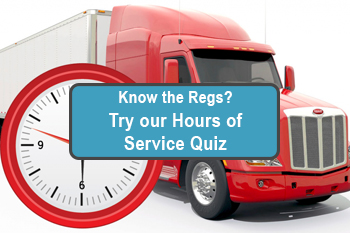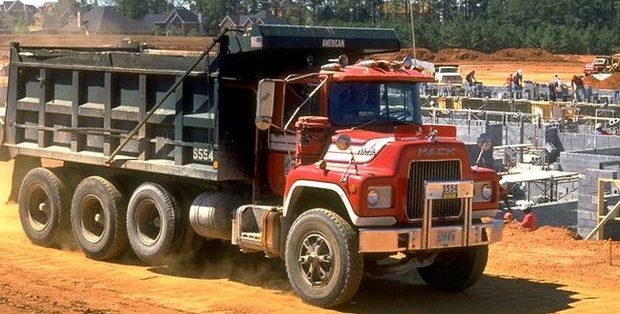Balancing Hours of Service Trucking Regulations When Trucking Isn’t Your Business

When trucking is your primary business, building business operations to include compliance with the trucking Hours of Service (HOS) regulations is part of the daily routine. When your business isn’t trucking but includes using commercial trucks, trucking HOS regulations seem incredibly restrictive and impossible to meet.
Take a construction company for example. Their business may be about building bridges. During the construction season, crews start early and work long hours to get as much done as weather and daylight permit. Those crew members who are assigned a company truck that can operate at a weight higher than 10,000lbs will also find themselves classified by the FMCSA and State Department of Transportation as a commercial truck driver and subject to all applicable trucking regulations including Hours of Service. Trucks that are capable of operating at a weight greater than 10,000lbs and thus regulated can be generally described as an F-350 size or greater.
HOS regulations are applicable to the long work days. The moment a crew member who will be operating a commercial truck reports to the shop, the workday HOS clock begins. If the crew member jumps into his or her F-350 commercial truck from home to drive to the worksite, the workday and driving HOS clock begins the moment the wheels turn.
Rarely does exceeding the 11 hours of driving time ever come into play. The 14 hour workday is where most run afoul with the regulation. Even if claiming the short haul, 150 air mile radius, log exemption, driving after the 14th hour coming on duty is a violation, even if it’s simply driving the commercial truck back home.
There are many different types of businesses that use trucks as part of how they do their business. To stay in compliance with Hours of Service regulations, each business type needs to develop a plan that fits their operation. In our construction company example, these could be possible solutions:
- Don’t buy regulated size trucks if the business can get by with smaller one! When it comes to truck regulatory compliance, bigger is not always better.
- When trailers are towed, make sure they are towed by already regulated trucks. Towing a trailer with an unregulated size truck could now make that smaller truck a regulated vehicle operating over 10,000 lbs.
- Keep the commercial trucks at the job site and have crew members drive personal vehicles to and from the job site. The crew member HOS clock won’t start until he or she reaches the job site and stops once they are released from the job site.
- If trucks must be driven back to the shop at the end of long work days, stagger work shifts so that a crew member with less than 14 hours of accumulated workday hours drives the vehicle back.
Regulations governing commercial trucks are many and can be complex. If you need help designing a regulatory compliance program, give us a call. We can help!

